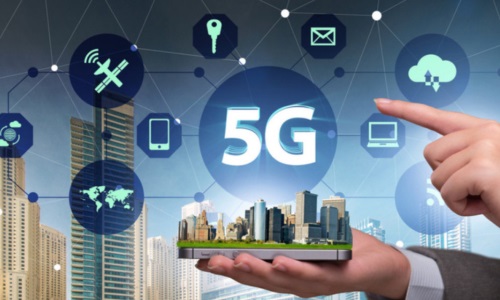
5G standardization is a critical aspect of the technology’s development, deployment, and interoperability across different networks and devices.
There are several key organizations and bodies involved in the standardization of 5G technology. Below are the primary 5G standardization bodies:










### 1. **3rd Generation Partnership Project (3GPP)**- **Overview:** 3GPP is the main global standardization body for mobile communication technologies, including 5G. It was established in 1998 and is responsible for developing technical specifications for various generations of mobile technologies (GSM, UMTS, LTE, and 5G).
– **Role in 5G:** 3GPP has developed various releases of the 5G standard, including Release 15, Release 16, and Release 17, which cover the technical framework for 5G NR (New Radio), core network functionalities, and protocols.
### 2. **International Telecommunication Union (ITU)**
– **Overview:** ITU is a specialized agency of the United Nations responsible for issues related to information and communication technologies.
– **Role in 5G:** The ITU’s Radiocommunication Sector (ITU-R) develops international standards related to the radio spectrum and networking aspects of telecommunications. It plays a crucial role in defining the parameters for 5G, including spectrum requirements (e.g., IMT-2020) and overall performance standards.
### 3. **European Telecommunications Standards Institute (ETSI)**
– **Overview:** ETSI is an independent, non-profit organization that develops globally applicable standards for information and communication technologies.
– **Role in 5G:** ETSI works on the technical specifications specific to European networks and collaborates with 3GPP, contributing to the development of 5G standards, particularly in the areas of technical and network architecture.
### 4. **Institute of Electrical and Electronics Engineers (IEEE)**
– **Overview:** IEEE is a professional organization for advancing technology and is known for developing standards in a wide array of technologies, including telecommunications.
– **Role in 5G:** While not a primary authority for mobile standards, IEEE standards (like IEEE 802.11 and IEEE 802.15) influence 5G technologies, particularly in the areas of Wi-Fi integration and wireless personal area networks (WPAN).
### 5. **Open Networking Foundation (ONF)**
– **Overview:** ONF is focused on accelerating the adoption of open software-defined networking (SDN) and network functions virtualization (NFV) technologies.
– **Role in 5G:** ONF contributes to the development of standards related to open networking technologies that can facilitate 5G deployment, especially in cloud and edge computing environments.
### 6. **Broadband Forum**
– **Overview:** The Broadband Forum is a global industry consortium that develops standards and best practices for broadband networks.
– **Role in 5G:** The Broadband Forum works on initiatives that enhance broadband infrastructure, which is essential for the successful implementation of 5G services.
### 7. **Internet Engineering Task Force (IETF)**
– **Overview:** IETF is an open organization that develops and promotes voluntary Internet standards.
– **Role in 5G:** IETF works on standards related to the Internet Protocol (IP), which are important for the data transmission aspects of 5G networks.
### 8. **Telecommunications Industry Association (TIA)**
– **Overview:** TIA is a trade association representing the telecommunications industry in the U.S.
– **Role in 5G:** TIA develops standards for various telecommunications technologies, including those applicable to 5G, emphasizing interoperability and performance.
### 9. **Next Generation Mobile Networks (NGMN) Alliance**
– **Overview:** NGMN is a global alliance focused on promoting the development and evolution of mobile networks beyond 4G.
– **Role in 5G:** NGMN collaborates with industry stakeholders to define requirements and specifications for 5G, ensuring they align with real-world demands and use cases.
### Summary
These bodies work collaboratively and in conjunction with industry stakeholders, academic researchers, and governments to ensure that 5G technologies are standardized, interoperable, and applicable across various regions and use cases. The ongoing collaboration among these organizations helps facilitate a robust 5G ecosystem, enabling innovations in areas such as IoT, smart cities, autonomous vehicles, and more.


Leave a Reply